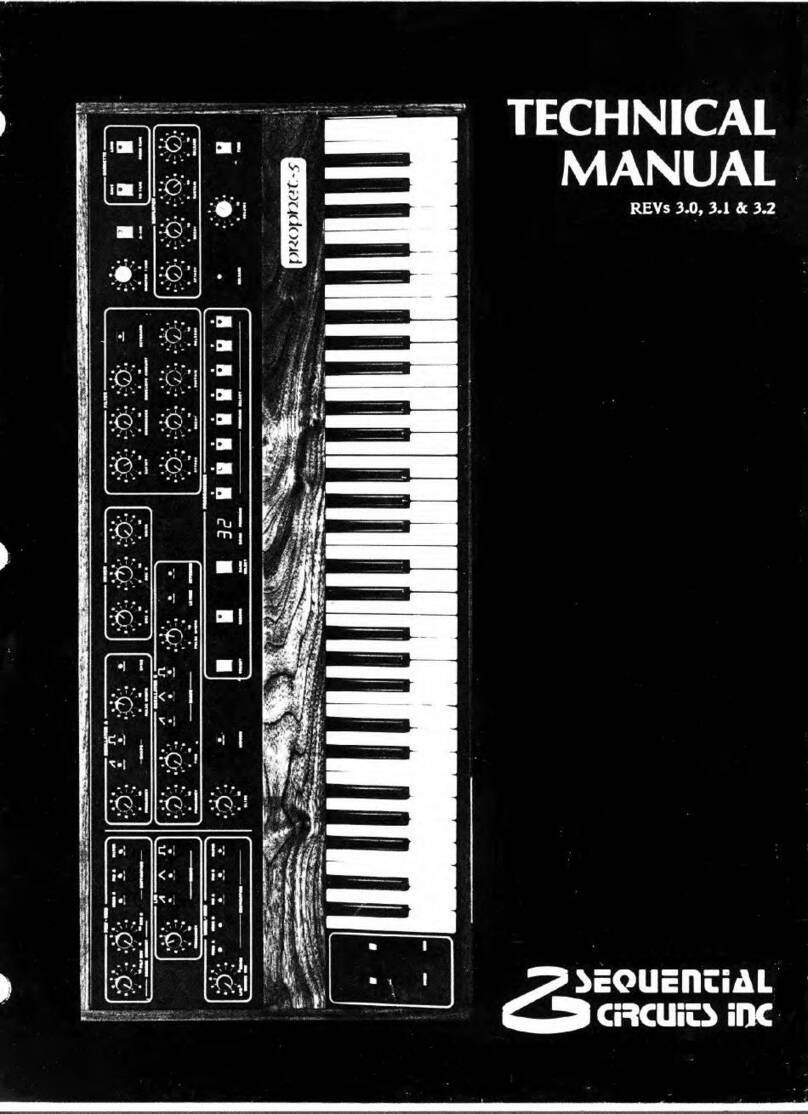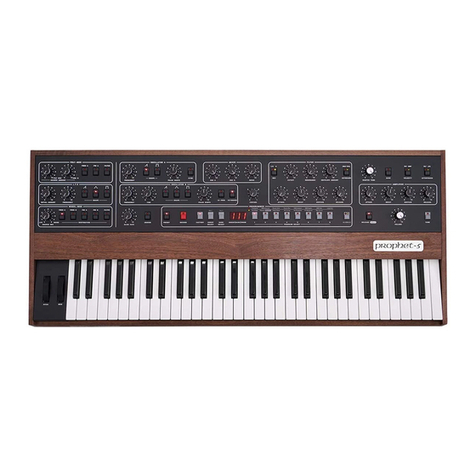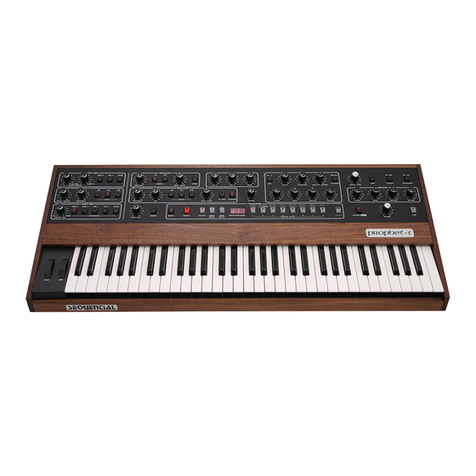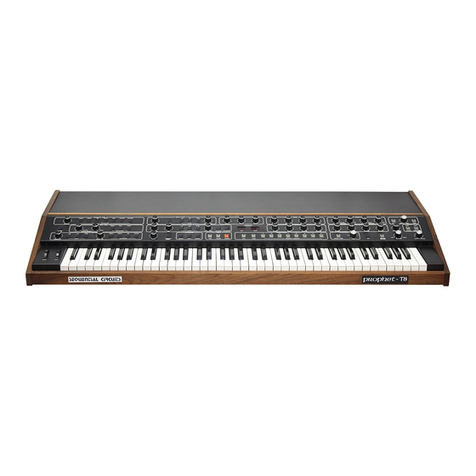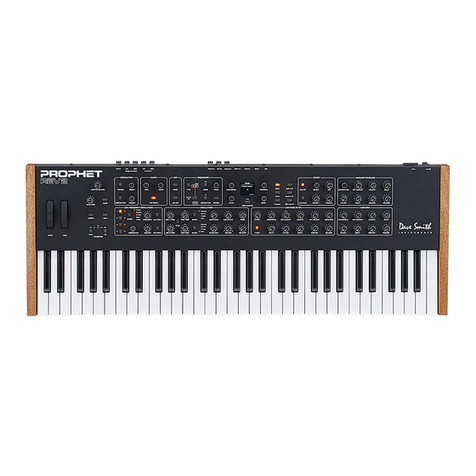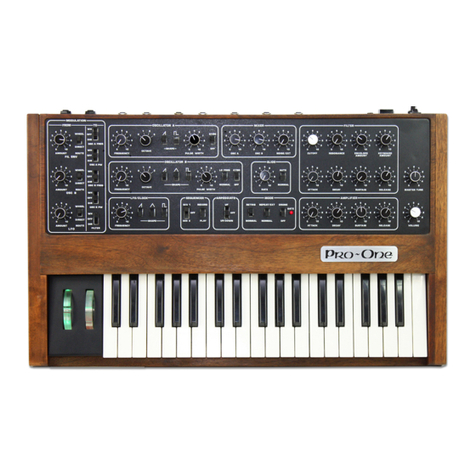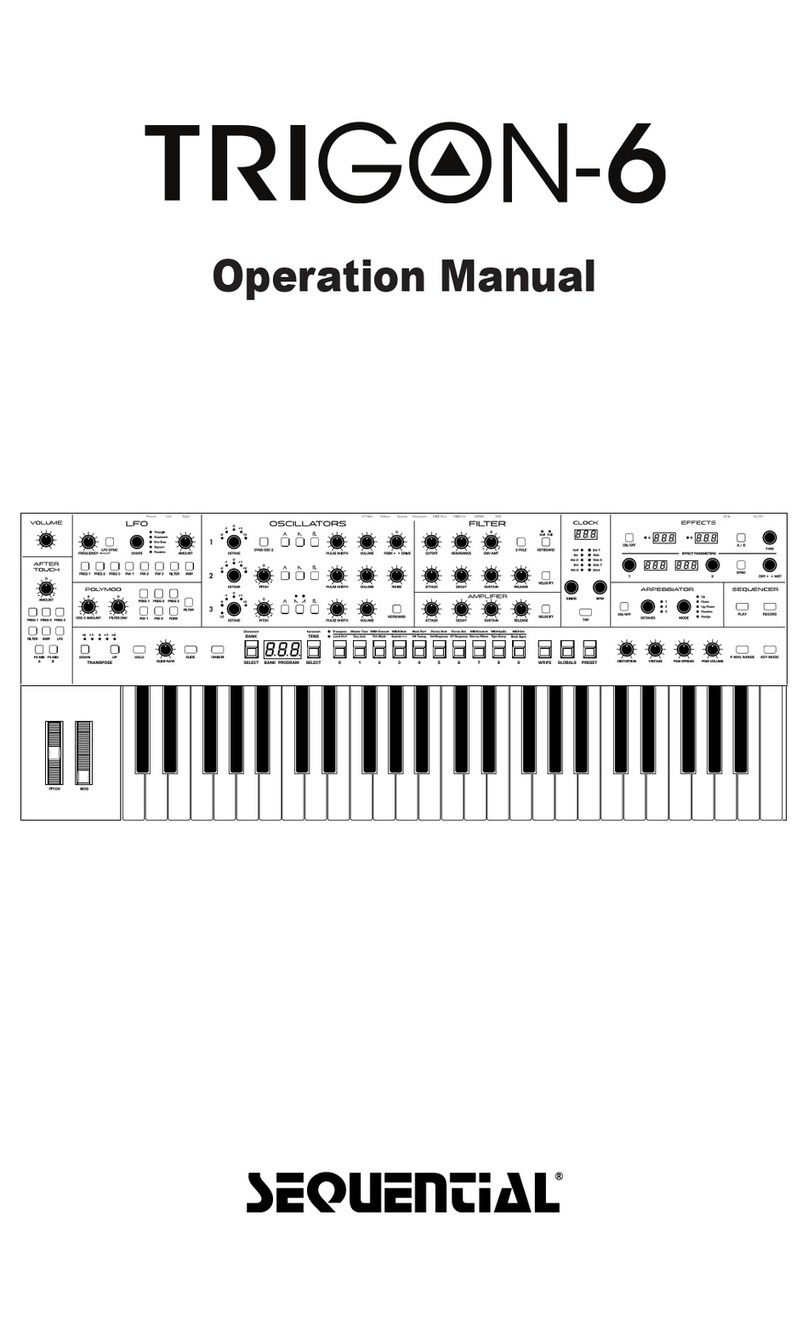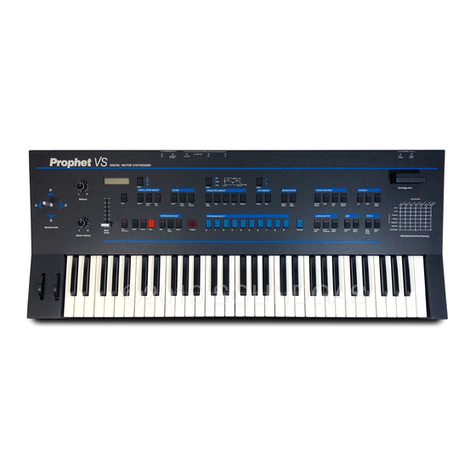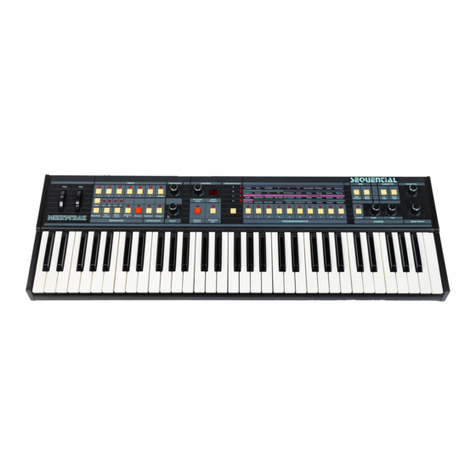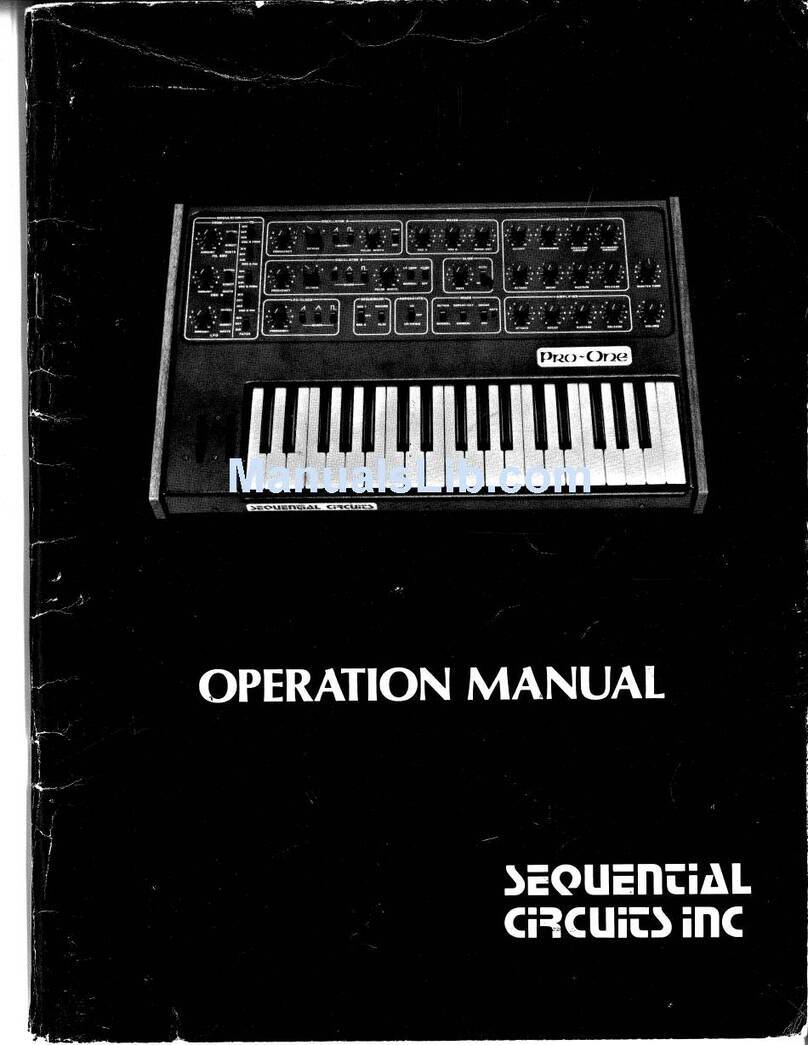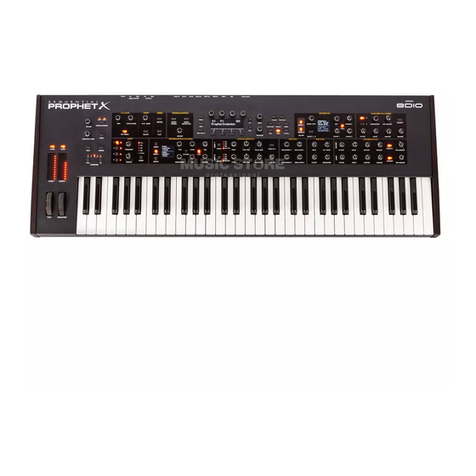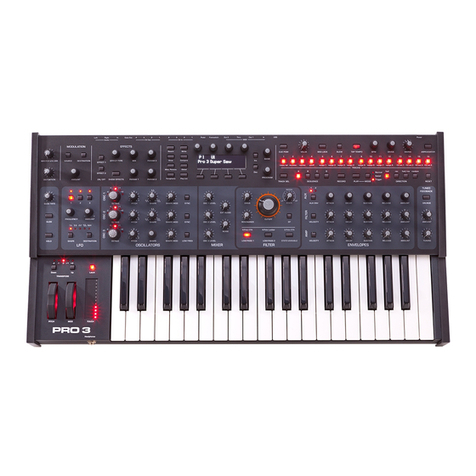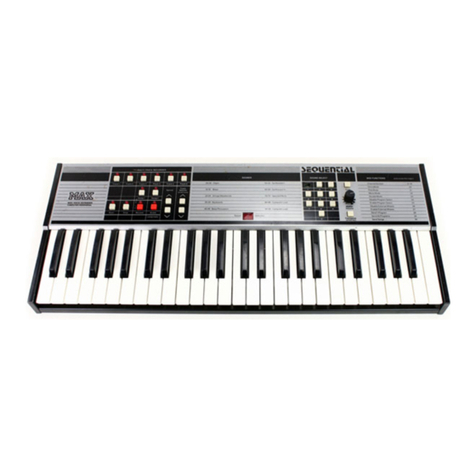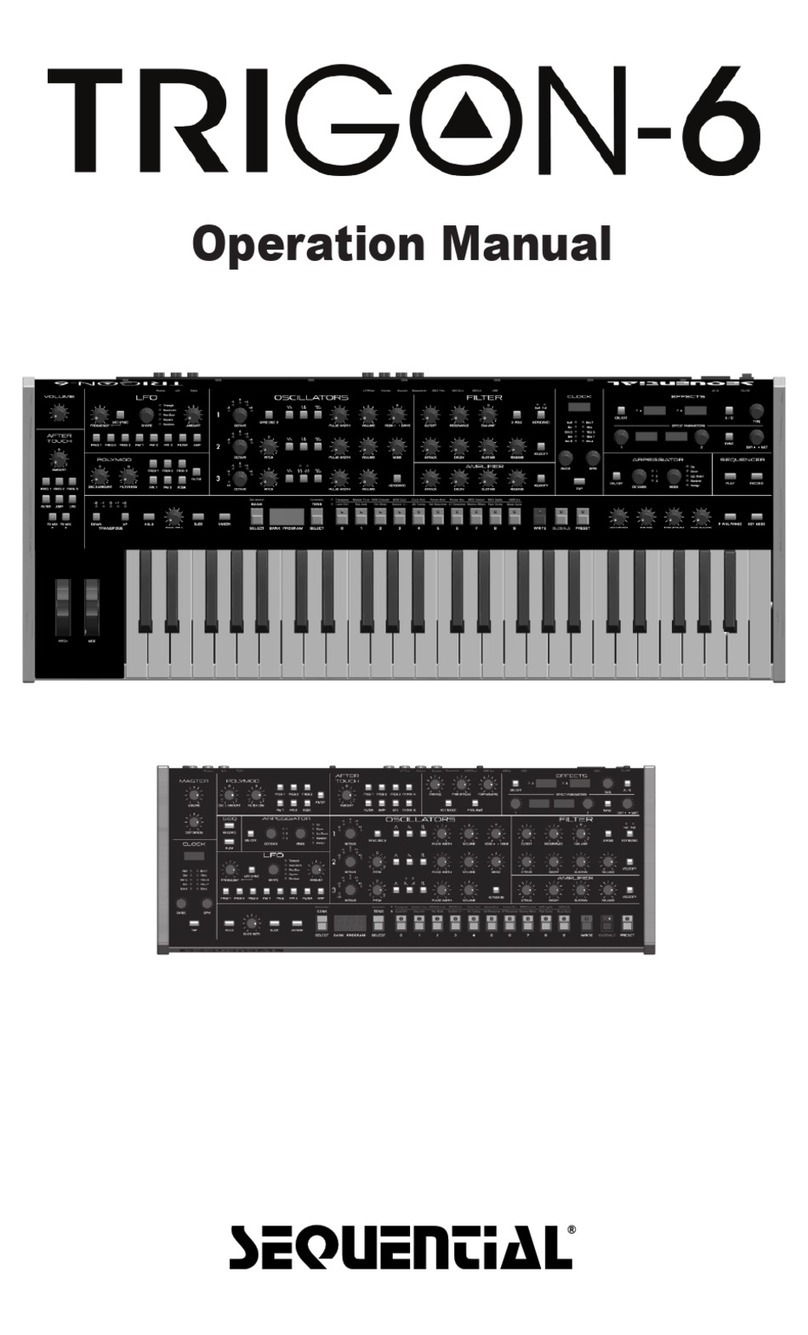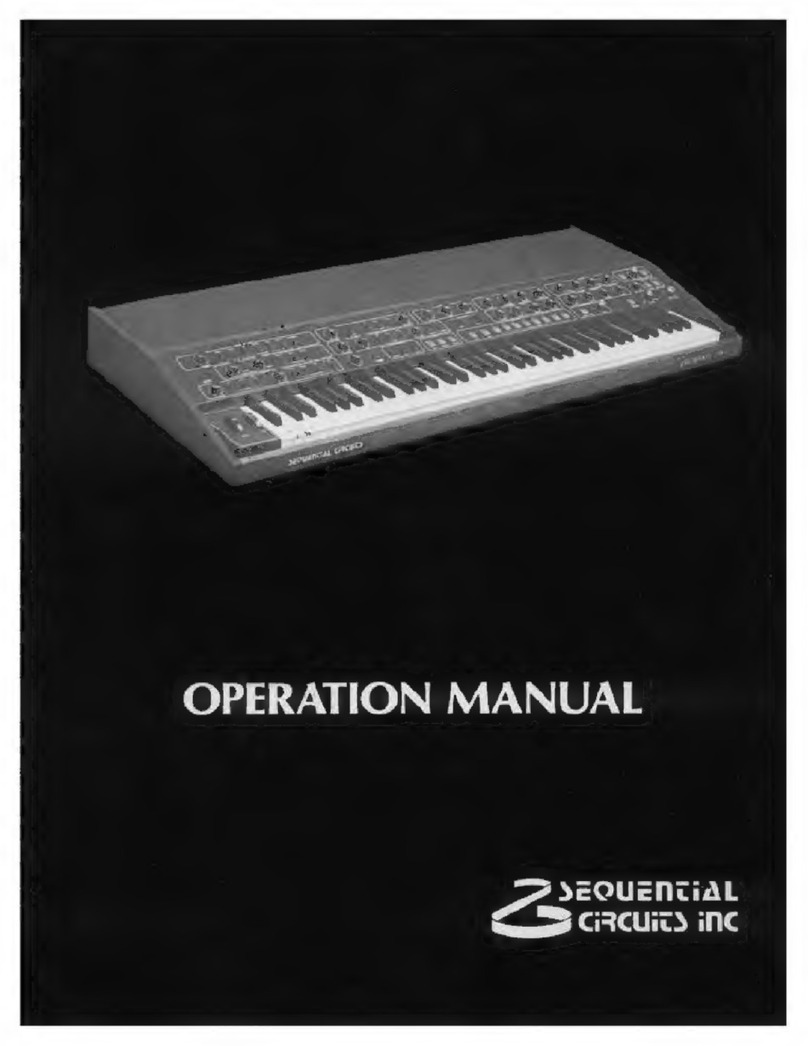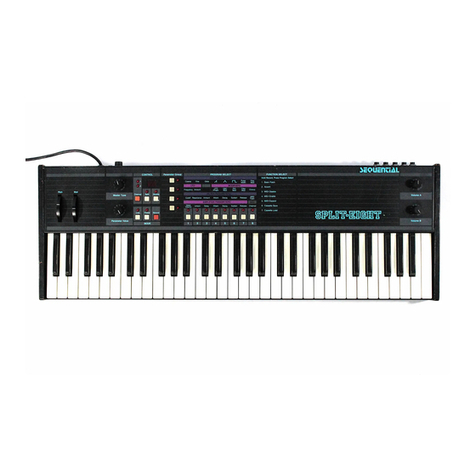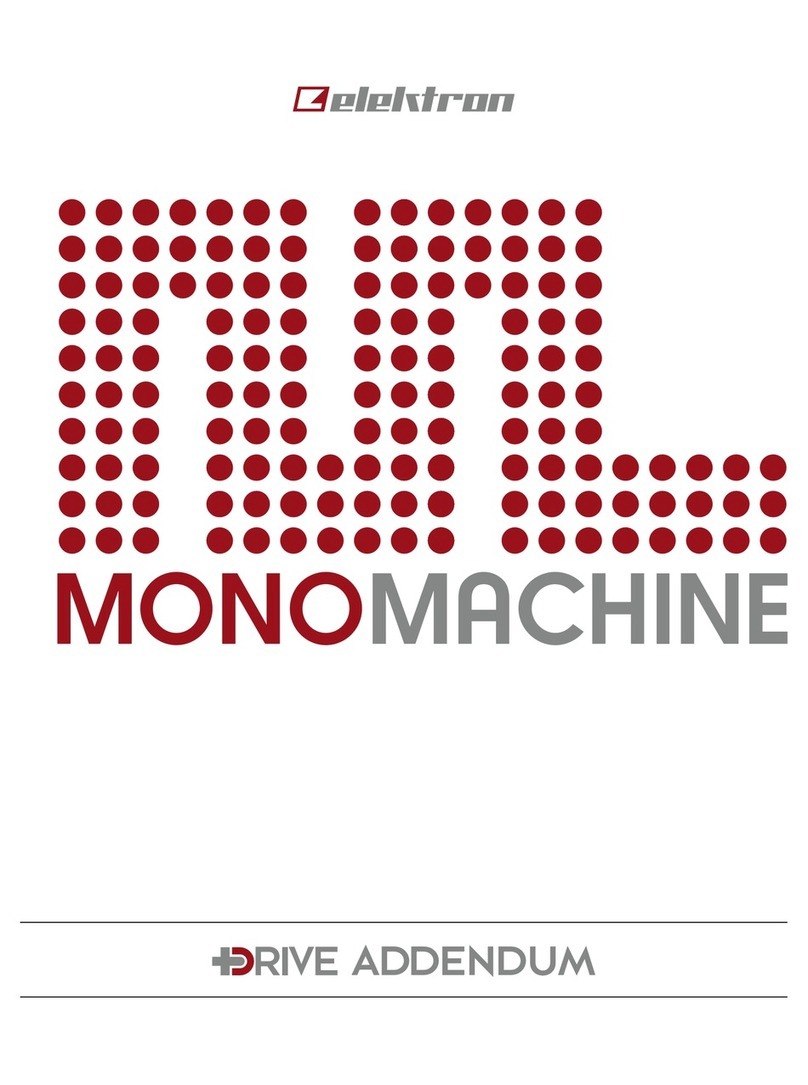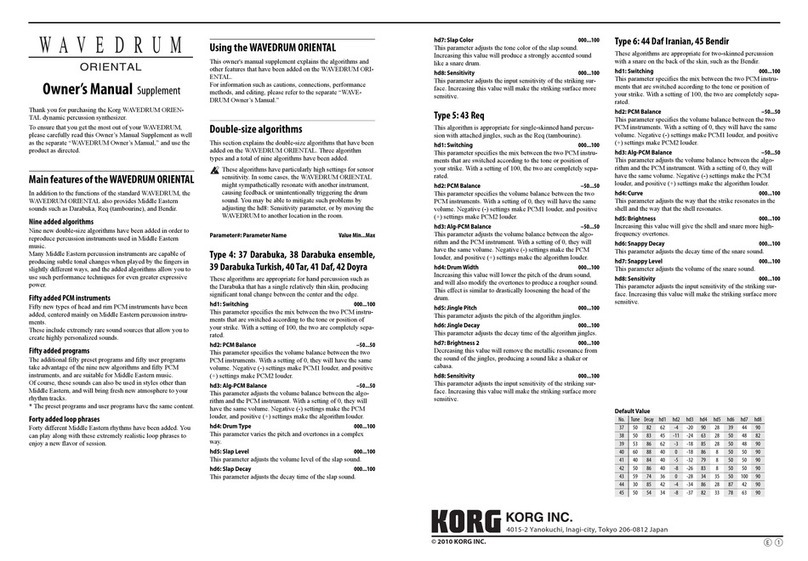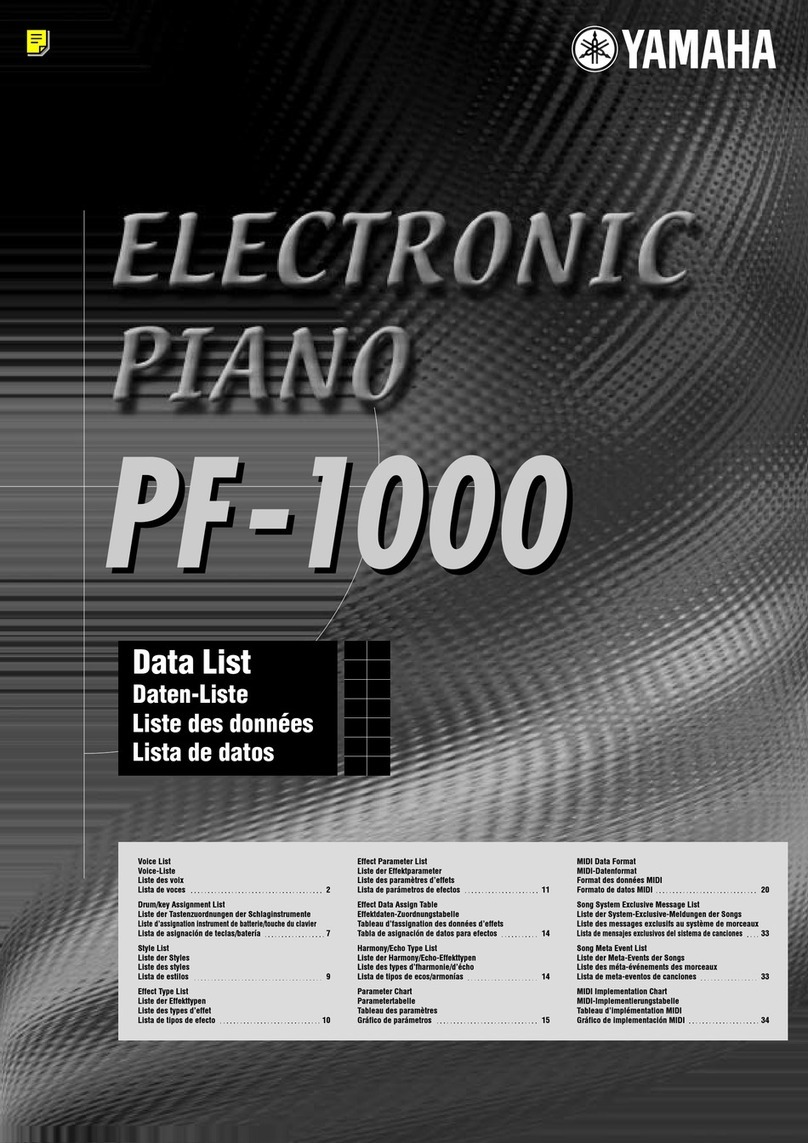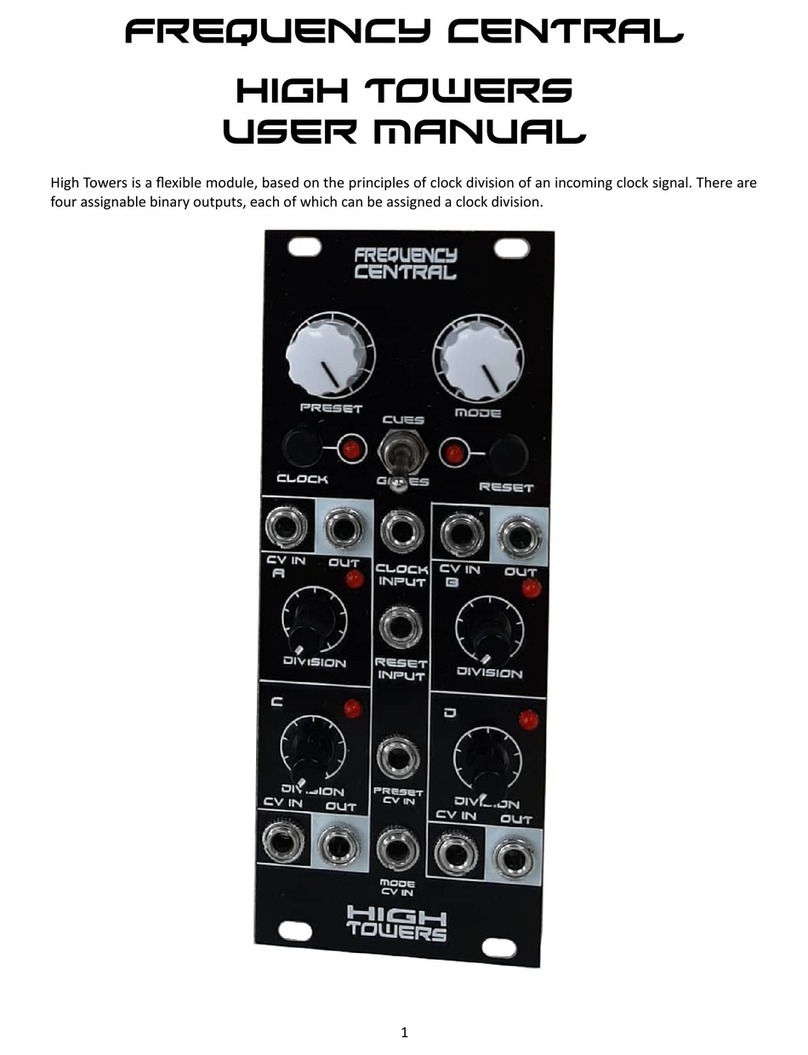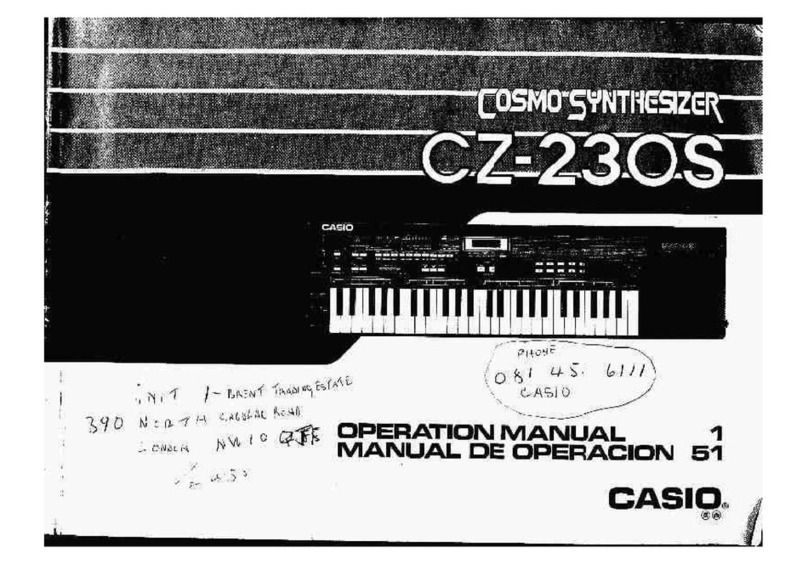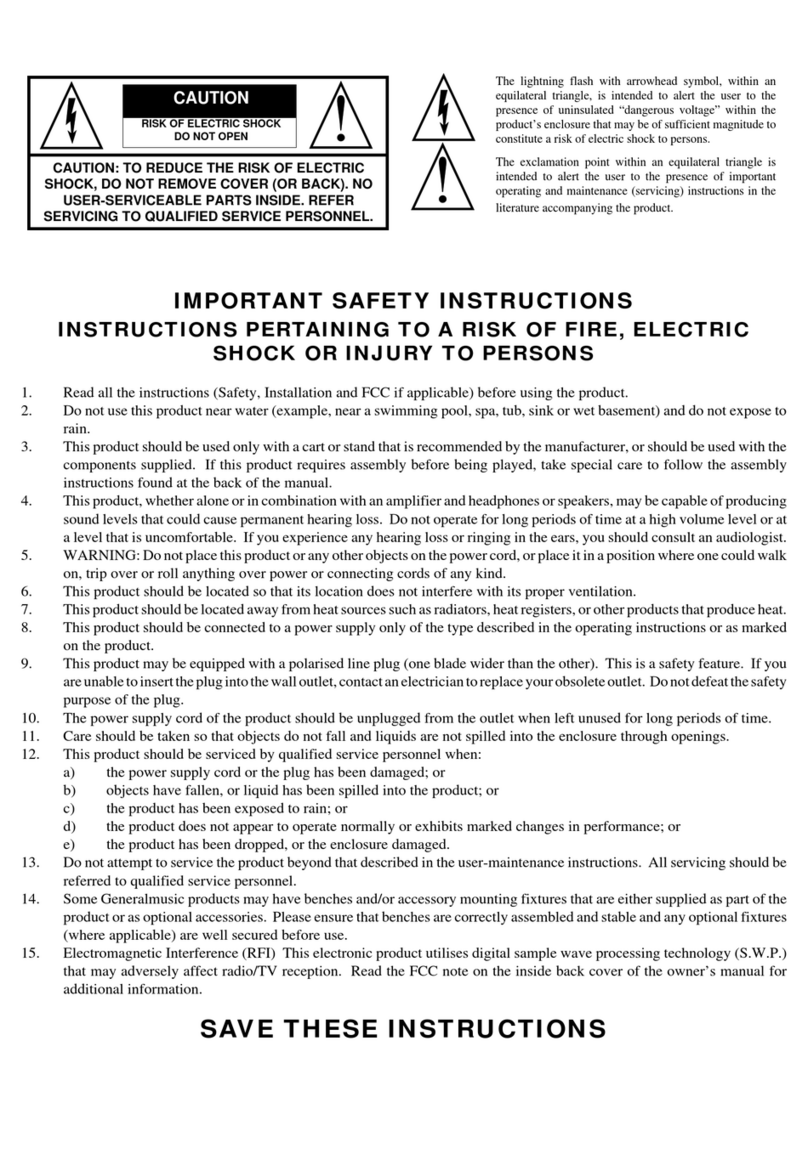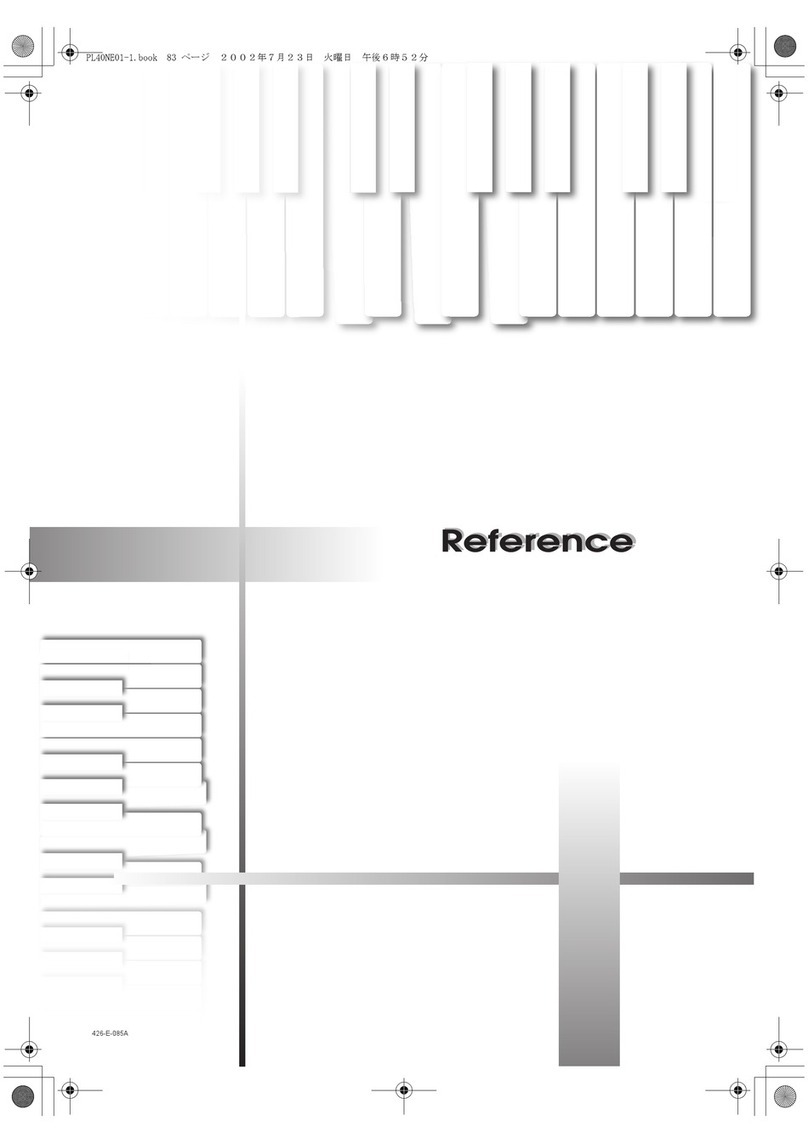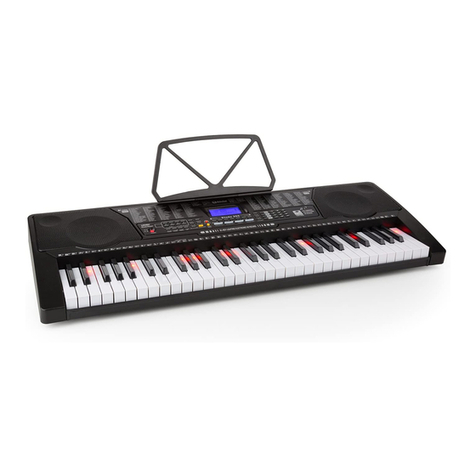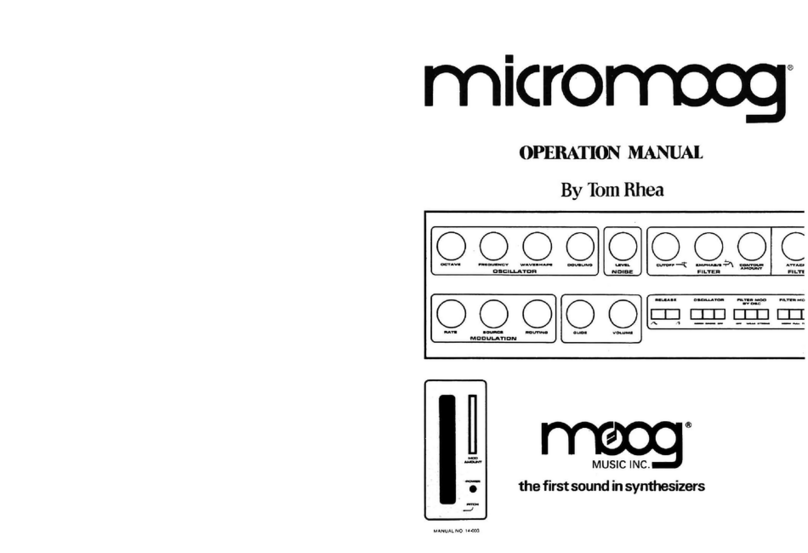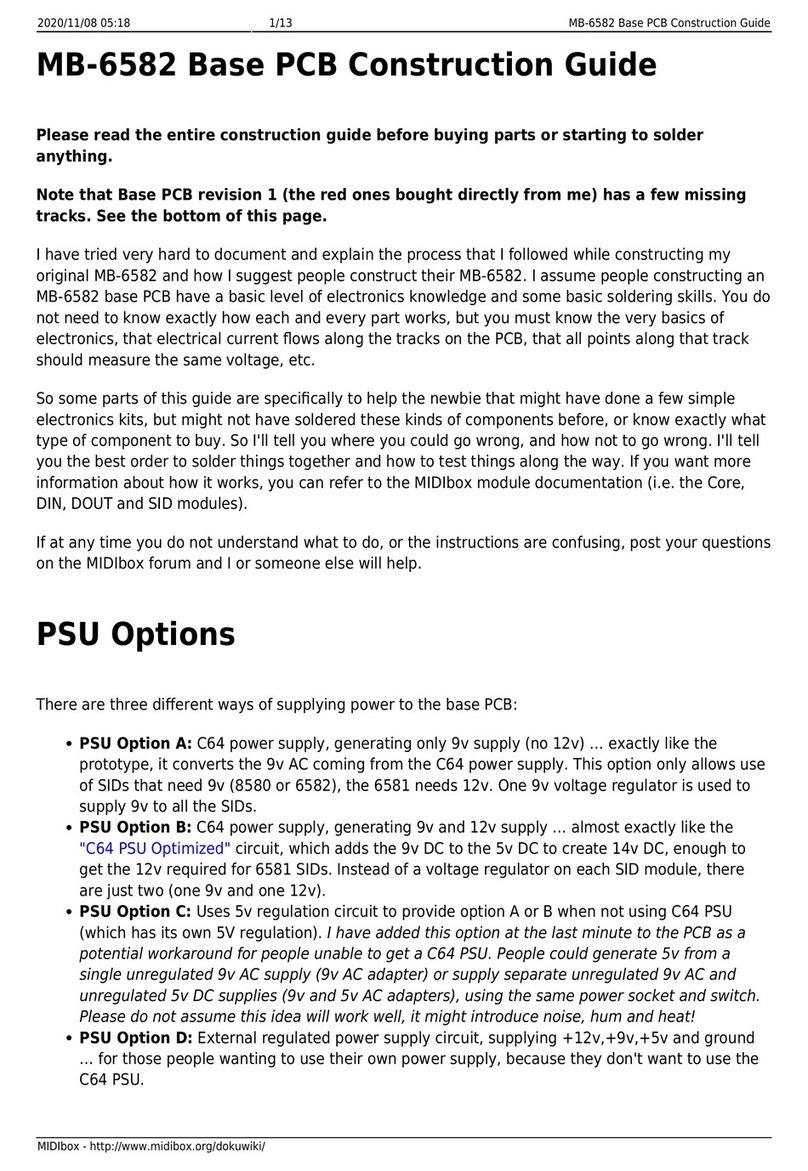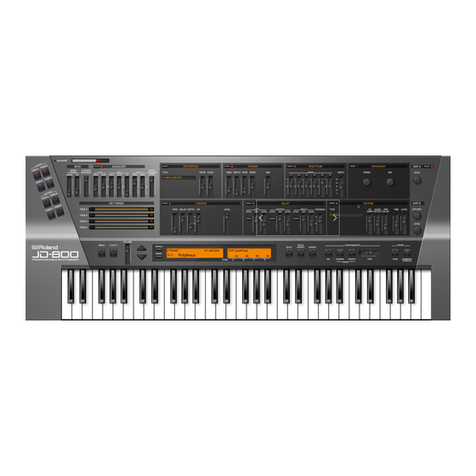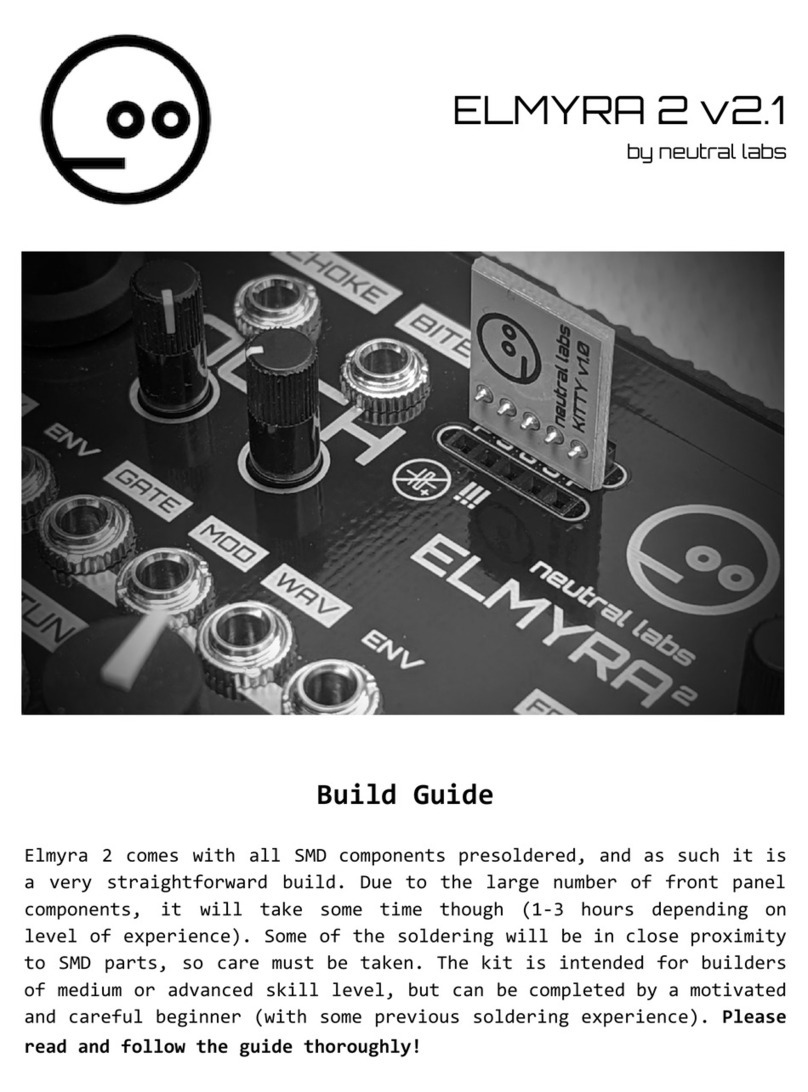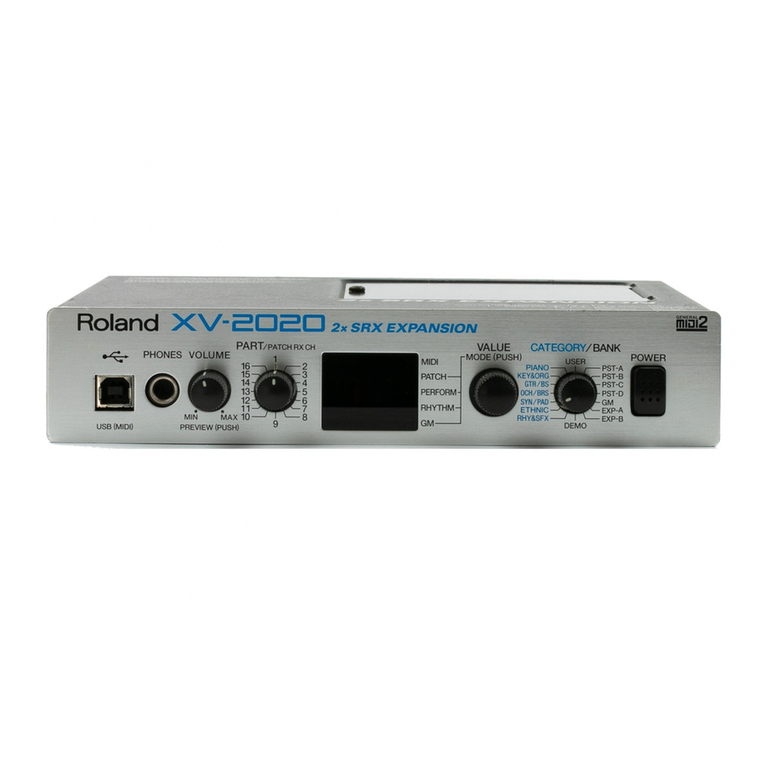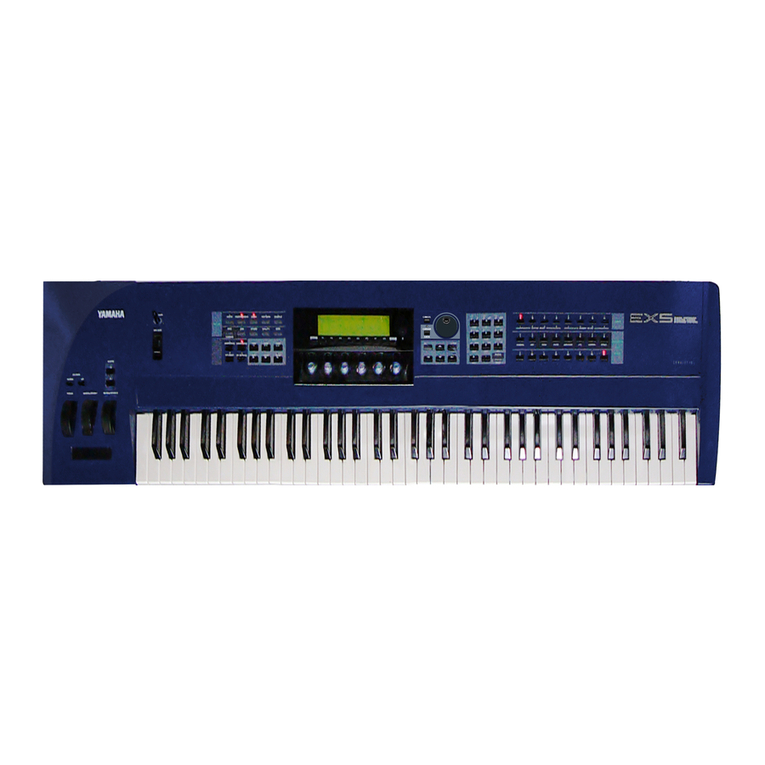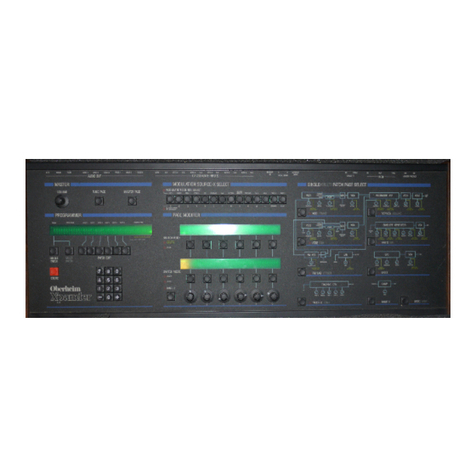About the Prophet-600
Early in 197S Sequential Circuits revolutionized the art of keyboard synthesis by
introducing the Prophet-5, acompact instrument intended for the performer. Before
the Prophet appeared it was not possible for a keyboardist to instantly select custom
synthesized sounds and play them polyphonically. Its featured programmability used
emerging microcomputer technology to allow complete and instantaneous control over,
essentially, five complete synthesizers (voices). The Prophet-5 became the leading
instrument of its kind.
Now technology has developed to the point where SCI can offer the six-voice Prophet-
600, which sounds basically like aProphet-5, at less than half its price. It has the
capacity for 100 sound programs. All programs can be fully customized (edited) and
stored internally, or on audio tape via the built-in cassette interface. The Prophet-600
adds aflexible arpeggiator and a**00-note, real-time polyphonic sequencer, which
remembers whatever you play.
The Prophet-600 actually contains six individual synthesizers, termed "voices." For its
principle sound sources, each voice contains two voltage-controlled oscillators (VCOs),
referred to as OSC Aand OSC B. OSC Aand OSC B can be mixed into aresonant low-
pass voltage-controlled filter (VCF). The filter modifies the voice timbre under control
of its four-stage envelope generator. The filter may also serve as a sound source.
Following each filter, avoltage-controlled amplifier (VCA)—also controlled by afour-
stage envelope generator—shapes the voice amplitude. Only one voice is depicted on
the control panel, because the voice controls "patch" the six voices identically. This
makes the voices homophonous—they sound alike—with pitch differences corresponding
to (at most) six simultaneously-held keys.
Supplementing the basic voice are polyphonic modulation (POLY-MOD) signal routings
within each voice that allow OSC Band the filter envelope generator to function as
modulation sources applied to OSC A or the filter cutoff frequency. There is asingle
low-frequency oscillator (LFO) which can modulate all six voices to a depth adjusted
by the modulation (MOD) wheel. The PITCH wheel can be used to raise or lower the
pitch of all voices by the same interval.
The term "digital-analog hybrid" is often used to describe the Prophet synthesizers.
This means that rather than directly controlling, the analog synthesizer voices, the
keyboard and most controls are actually devices which input "data" to amicrocompu-
ter system which in turn "programs" the voices. This microcomputer system has
several important functions. It solves the problem of generating six independent sets
of voice control voltages and gate signals (which operate the envelope generators)
from asingle keyboard. In fact, in the Prophet-600 the (formerly) analog envelope
generators and LFO have been entirely replaced by computer system functions. The
digital memory provides away to store all of the switch and knob settings which form
aprogram, and the keystrokes which form sequences. The programs and sequences are
retained even when the Prophet is turned off, thanks to asmall battery with a10-year
life. Finally, the microcomputer system keeps the twelve voice oscillators in tune.
CM600A 12/82 in




















